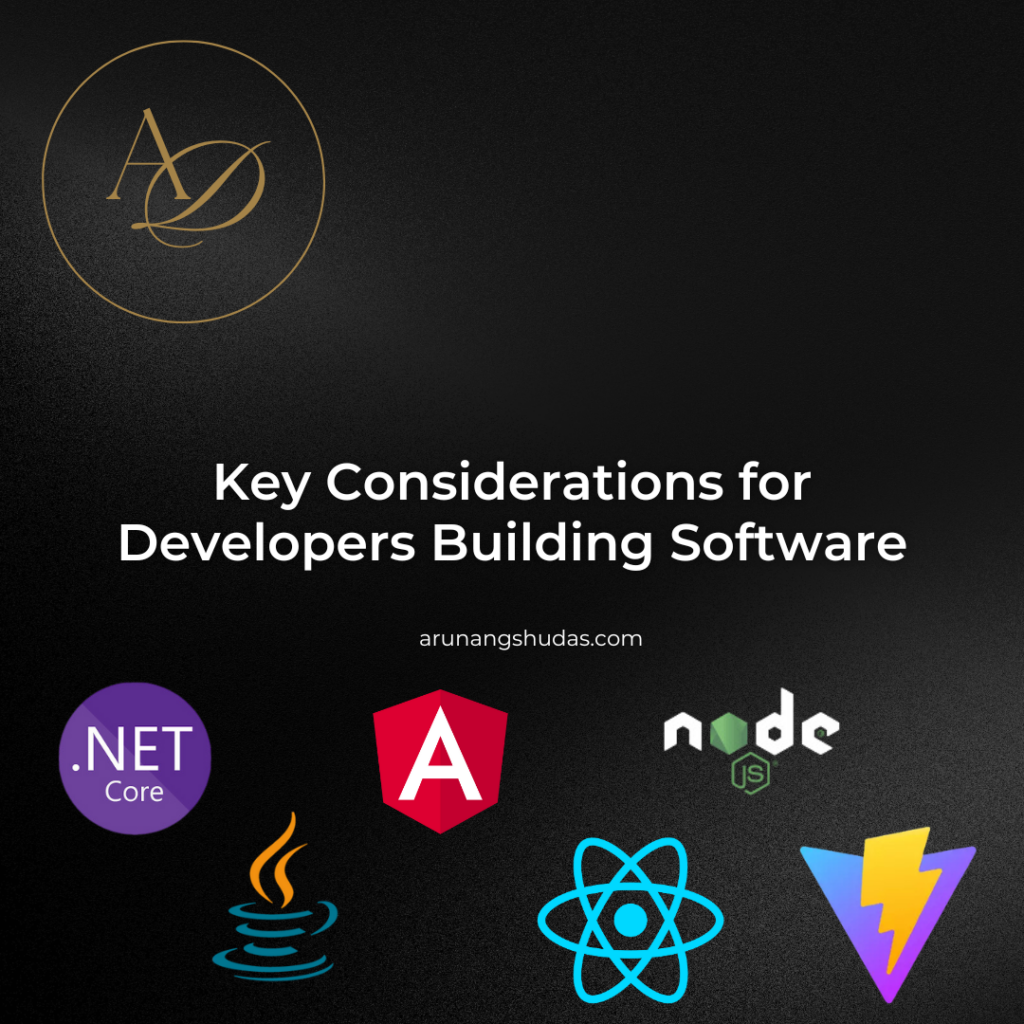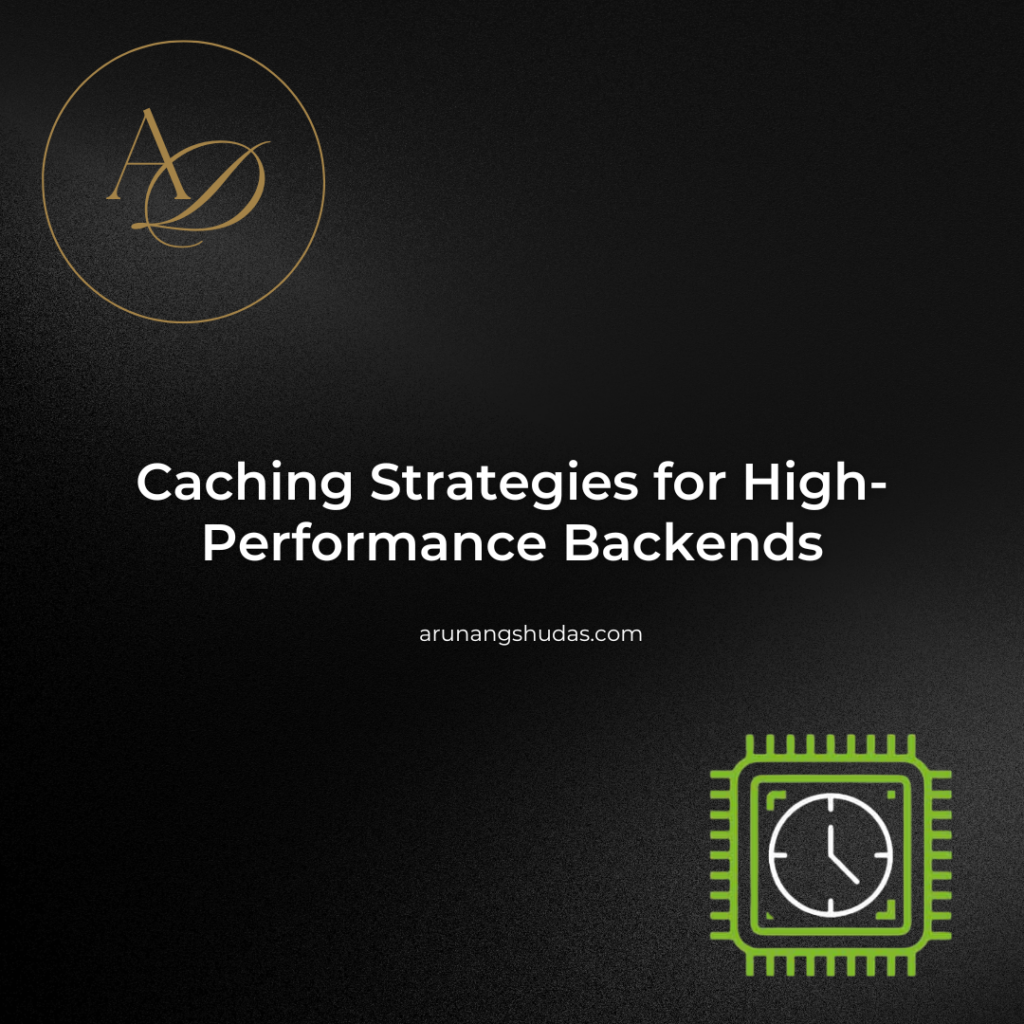Backend development is the backbone of any modern application. While frontend developers handle what users see, backend developers ensure everything runs smoothly behind the scenes. From managing databases to optimizing APIs, backend developers wear multiple hats to keep applications scalable, secure, and efficient.
If you’re a backend developer or aspiring to be one, here are 10 essential tasks you should master.
1. Designing and Managing Databases
Data is the heart of most applications, and as a backend developer, you’re responsible for structuring and managing it effectively. Whether you’re working with SQL (PostgreSQL, MySQL) or NoSQL (MongoDB, Redis) databases, you must:
- Design normalized schemas to avoid redundancy
- Write optimized queries for performance
- Implement indexing and caching to speed up queries
- Backup and restore data to prevent loss
A well-designed database ensures your application scales smoothly.
2. Building and Maintaining APIs
APIs (Application Programming Interfaces) allow different parts of an application to communicate. You’ll need to:
- Design RESTful APIs or GraphQL APIs
- Implement authentication (JWT, OAuth) and rate limiting
- Optimize API responses with pagination and compression
- Write detailed API documentation using Swagger or Postman
A great API is fast, secure, and well-documented—make sure yours checks all three boxes!
3. Implementing Authentication and Authorization
Security is critical in backend development. You’ll need to handle:
- User authentication (login, registration, password resets)
- Role-based access control (RBAC) to restrict data access
- Multi-factor authentication (MFA) for enhanced security
- Token-based authentication (JWT, OAuth, OpenID Connect)
Without proper authentication and authorization, your application becomes a security nightmare.
4. Handling Background Jobs and Asynchronous Processing
Not everything should run in real time! Many tasks—like sending emails, processing large datasets, or generating reports—are better suited for background jobs.
Common tools for this include:
- Redis + BullMQ (for queue-based processing)
- Celery (Python) / Sidekiq (Ruby) / RabbitMQ (multi-language)
- AWS Lambda or Google Cloud Functions (for serverless execution)
Using background jobs ensures your app remains fast and responsive even during heavy operations.
5. Managing Caching for Performance Optimization
To avoid frequent database queries and reduce server load, caching is a must. Backend developers typically use:
- Redis – for in-memory key-value storage
- Memcached – another fast, in-memory caching system
- CDNs (Cloudflare, AWS CloudFront) – for caching static assets
- Database query caching – to store results temporarily
A well-cached system can reduce response times significantly and improve user experience.
6. Ensuring Application Security
Security isn’t just about authentication—it’s an ongoing process. Backend developers should implement:
- Data encryption (AES, RSA, bcrypt) for sensitive information
- Input validation & escaping to prevent SQL Injection & XSS attacks
- Rate limiting & firewalls to stop brute-force attacks
- Logging & monitoring to detect suspicious activity
Security isn’t optional—it’s a must for any production application.
7. Writing Unit and Integration Tests
A backend without tests is like a car without brakes—disaster waiting to happen! Writing tests ensures your code works as expected.
Key testing techniques include:
- Unit tests (Jest, Mocha, JUnit) – for testing small code units
- Integration tests – to verify how different parts of the system work together
- Mocking & stubbing – to simulate external services in tests
- CI/CD pipelines – to automate testing before deployment
A robust testing strategy prevents bugs from reaching production.
8. Logging and Monitoring Server Activity
Backend issues often happen silently—and that’s where logging and monitoring come in. Developers use:
- Winston / Bunyan (Node.js) for structured logging
- ELK Stack (Elasticsearch, Logstash, Kibana) for log analysis
- Datadog, Prometheus, New Relic for real-time monitoring
- Alerting systems (PagerDuty, Opsgenie) for incident response
Without proper monitoring, you won’t know something is broken until users complain.
9. Scaling Applications Efficiently
As user traffic grows, so should your backend’s ability to handle load. Key techniques include:
- Horizontal scaling (adding more servers to distribute traffic)
- Load balancing (NGINX, HAProxy, AWS ALB) to prevent overload
- Database sharding & replication to distribute data efficiently
- Microservices architecture for modular scaling
Scalability is the difference between handling 10,000 users vs. crashing under 1,000.
10. Deploying and Managing Infrastructure
Backend developers should know how to deploy, manage, and maintain infrastructure. Essential tools include:
- Docker & Kubernetes – for containerization & orchestration
- CI/CD (GitHub Actions, GitLab CI, Jenkins) – for automated deployments
- Cloud Platforms (AWS, GCP, Azure, Vercel, Netlify) – for hosting
- Infrastructure as Code (Terraform, Ansible, Pulumi) – for automation
Deployment shouldn’t be a manual nightmare—it should be seamless and repeatable.
Final Thoughts
Being a backend developer isn’t just about writing code—it’s about building reliable, scalable, and secure systems. These 10 tasks are the foundation of modern backend development.
→ Master database design
→ Build efficient APIs
→ Secure your app
→ Optimize performance
→ Monitor and scale effectively
The more you refine these skills, the better your backend systems will be!
You may also like:
1) 5 Common Mistakes in Backend Optimization
2) 7 Tips for Boosting Your API Performance
3) How to Identify Bottlenecks in Your Backend
4) 8 Tools for Developing Scalable Backend Solutions
5) 5 Key Components of a Scalable Backend System
6) 6 Common Mistakes in Backend Architecture Design
7) 7 Essential Tips for Scalable Backend Architecture
8) Token-Based Authentication: Choosing Between JWT and Paseto for Modern Applications
9) API Rate Limiting and Abuse Prevention Strategies in Node.js for High-Traffic APIs
10) Can You Answer This Senior-Level JavaScript Promise Interview Question?
11) 5 Reasons JWT May Not Be the Best Choice
12) 7 Productivity Hacks I Stole From a Principal Software Engineer
13) 7 Common Mistakes in package.json Configuration
Read more blogs from Here
Share your experiences in the comments, and let’s discuss how to tackle them!
Follow me on Linkedin








